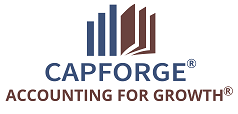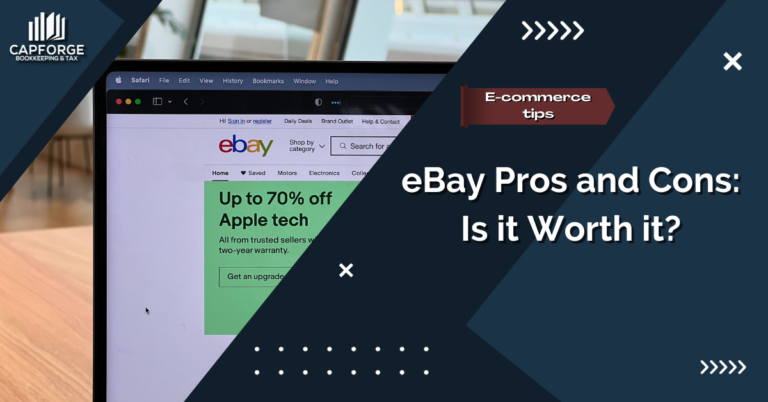Evaluating Your Sales Strategy: What You Need to Change
Sales strategies are the backbone of any business, but even the best approaches need regular reassessment. If your sales numbers are stagnant or declining, or if you feel like your efforts aren’t yielding the results you expect, it may be time to evaluate your sales strategy.
The good news? Small, strategic adjustments can make a huge difference, and they don’t have to cost a fortune for you to execute. Here’s how to do it:
Understanding the Gaps in Your Sales Strategy
Before making any changes, you first need to understand what’s not working. Look at your key performance indicators (KPIs), customer feedback, and competitor benchmarks. Are you losing leads at a specific stage? Are conversion rates lower than industry standards? Identifying the gaps will help you focus on areas that need improvement.
For example, imagine a SaaS company struggling with conversions despite a steady flow of leads. A deep dive into their sales process might reveal that their follow-up times are too slow, causing potential customers to lose interest. In this case, the company should streamline its follow-up process and ensure a quicker response time.
Some key questions to ponder include:
- Are we meeting our revenue and sales targets? If not, where are the shortfalls?
- Where do most leads drop off in our sales funnel?
- Are we effectively reaching our target audience, or do we need to refine our ideal customer profile?
- What are the most common objections from prospects, and how well does our team handle them?
- How do our conversion rates compare to industry benchmarks?
- Are we losing deals to competitors, and if so, why?
- Is our pricing strategy aligned with customer expectations and market conditions?
How to Address Gaps in Your Sales Strategy
Many businesses encounter challenges in achieving their sales goals due to gaps in their sales strategy. These gaps may stem from missed follow-ups, unclear value propositions, or inefficiencies in lead management. Identifying and addressing these weaknesses is essential for maintaining a strong and consistent sales pipeline.
This section will outline key strategies to recognize and resolve these issues, helping to improve overall sales performance.
1. Reassess Your Target Audience
Are you targeting the right customers? Sometimes, sales strategies fail because they focus on the wrong audience. Reassess your ideal customer profile (ICP) to ensure your messaging and outreach align with the right market segment.
Consider a retail brand that initially targeted young professionals but later realized that their products resonated more with middle-aged consumers. By shifting their focus, they could tailor their marketing and sales approach to better serve that audience, leading to improved engagement and higher conversions.
2. Refine Your Value Proposition
Your value proposition should clearly communicate why customers should choose you over competitors. If your sales are lagging, it could be because your message isn’t resonating with your audience or differentiating you enough from competitors.
Think about Apple. Their value proposition isn’t just about selling smartphones; it’s about providing an ecosystem that integrates seamlessly across devices, offering innovation, design, and usability. Businesses need to refine their own value propositions in a way that highlights what makes them unique and valuable to their audience.
3. Improve Your Sales Process
A strong sales process is structured, repeatable, and adaptable. If your process is too rigid or lacks clear steps, it could be hurting your success rate.
One example is a B2B company that relies on lengthy sales cycles. If they find that deals are stalling, they might introduce a new step where prospects receive an interactive demo earlier in the process, helping to build trust and speed up decision-making.
Additionally, leveraging automation tools like CRM software can help sales teams track leads, manage follow-ups, and streamline outreach efforts.
4. Focus on Sales Training and Coaching
Even the best salespeople need continuous training. If your team is struggling to close deals, it may be time to invest in additional coaching.
For instance, a tech company experiencing low closing rates might implement role-playing exercises where sales reps practice handling objections and refining their pitches. Ongoing training ensures that your sales team is always improving and adapting to market changes.
5. Adapt to Market Changes
Markets evolve, and sales strategies must evolve with them. Customer preferences, economic conditions, and industry trends all influence buying behavior. Businesses that fail to adapt risk falling behind.
A great example is the shift to digital sales during the pandemic. Companies that quickly embraced virtual selling, online demos, and digital customer interactions were able to maintain and even grow their sales. Staying informed about industry trends and being flexible with your sales approach will help you stay ahead of the competition.
6. Leverage Data for Smarter Decisions
Data-driven decisions lead to better sales outcomes. Use analytics to track customer behavior, measure campaign success, and optimize sales tactics.
For example, an e-commerce brand might use website analytics to determine which product pages have the highest bounce rates. By adjusting product descriptions, pricing, or adding customer reviews, they can increase conversions and drive more sales.
7. Strengthen Customer Relationships
Long-term success in sales isn’t just about acquiring new customers—it’s also about retaining existing ones. Building strong customer relationships leads to repeat business and referrals.
Consider a subscription-based business. If they notice high churn rates, they might introduce a loyalty program or enhance their customer service experience to improve retention. Personalized interactions, follow-ups, and after-sales support can significantly boost customer loyalty and satisfaction.
8. Test and Iterate Your Strategy
The best sales strategies are not static—they are constantly tested and refined. Implement A/B testing on different approaches, monitor the results, and make adjustments based on what works best.
For instance, a digital marketing agency might test two different email outreach campaigns—one focusing on storytelling and another with direct, concise messaging. Analyzing engagement and response rates allows them to determine which approach resonates more with their audience and optimize future campaigns accordingly.
Things to Consider Before Implementing Changes to Your Sales Strategy
Before making adjustments to your sales strategy, it’s important to take a step back and evaluate the bigger picture. Change can bring new opportunities, but it also comes with challenges that need careful planning.
Whether you’re looking to refine your approach, target new markets, or boost overall performance, understanding the potential impact on your team, customers, and bottom line is key. Here are a couple of things to consider before making changes to your sales strategy:
- Market conditions: Assess industry trends, customer demand, and competitor strategies to ensure the changes align with market realities. A shift in sales strategy should be backed by data on market growth, customer needs, and economic conditions.
- Customer insights: Understand preferences, pain points, and purchasing behaviors to tailor the strategy effectively. Conduct surveys, analyze past sales data, and gather customer feedback to ensure the new approach meets their expectations.
- Sales team readiness: Ensure the team has the necessary skills, training, and motivation to execute the new strategy successfully. Evaluate their familiarity with new sales techniques, provide training if needed, and set clear performance expectations.
- Financial impact: Analyze costs, potential revenue growth, and return on investment to ensure financial viability. Consider short-term implementation expenses as well as the long-term profitability of the changes.
- Technology and tools: Ensure CRM systems, automation tools, and data analytics are in place to support the new strategy. Sales success depends on having accurate data, streamlined workflows, and the ability to track progress in real time.
- Operational capacity: Assess whether internal processes, supply chain, and customer service can support increased sales volume or new sales channels. Expanding sales efforts without proper operational backing can lead to delays, errors, or customer dissatisfaction.
- Compliance and legal considerations: Verify adherence to industry regulations, contracts, and data protection laws. New sales tactics or pricing structures should align with legal requirements to avoid potential liabilities.
- Risk management: Identify potential risks, such as customer churn, operational bottlenecks, or market resistance, and develop contingency plans. A risk assessment helps mitigate challenges before they negatively impact the business.
- Internal alignment: Secure buy-in from leadership, marketing, and other departments to ensure a cohesive approach. Cross-functional collaboration ensures that marketing, customer service, and product teams support and enhance the new sales strategy.
Get Started Today With CapForge’s Bookkeeping & Tax Services
Take control of your business finances with CapForge. Our expert team makes managing your payroll simple so you can focus on what really matters—growing your business.
Partner with us today and discover the peace of mind that comes from knowing your financials are in good hands.
Send an email to info@capforge.com or contact us at 1-858-633-3573 to get started. Additionally, you can fill out the form below and we’ll be happy to attend to your needs!








